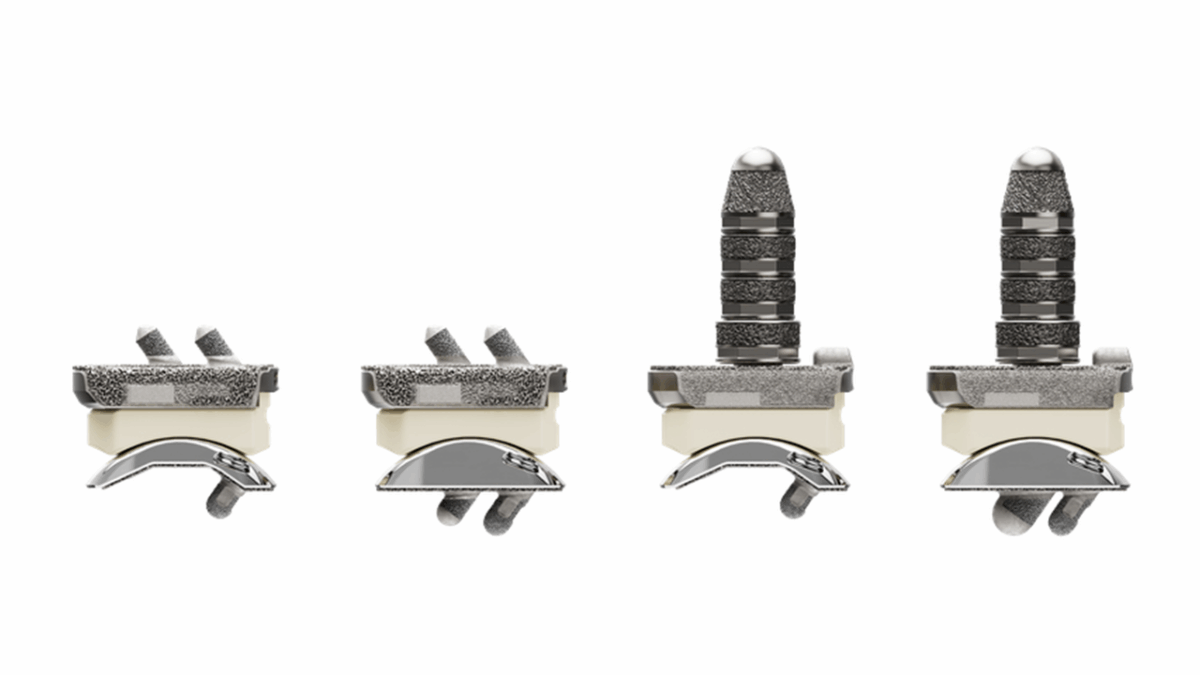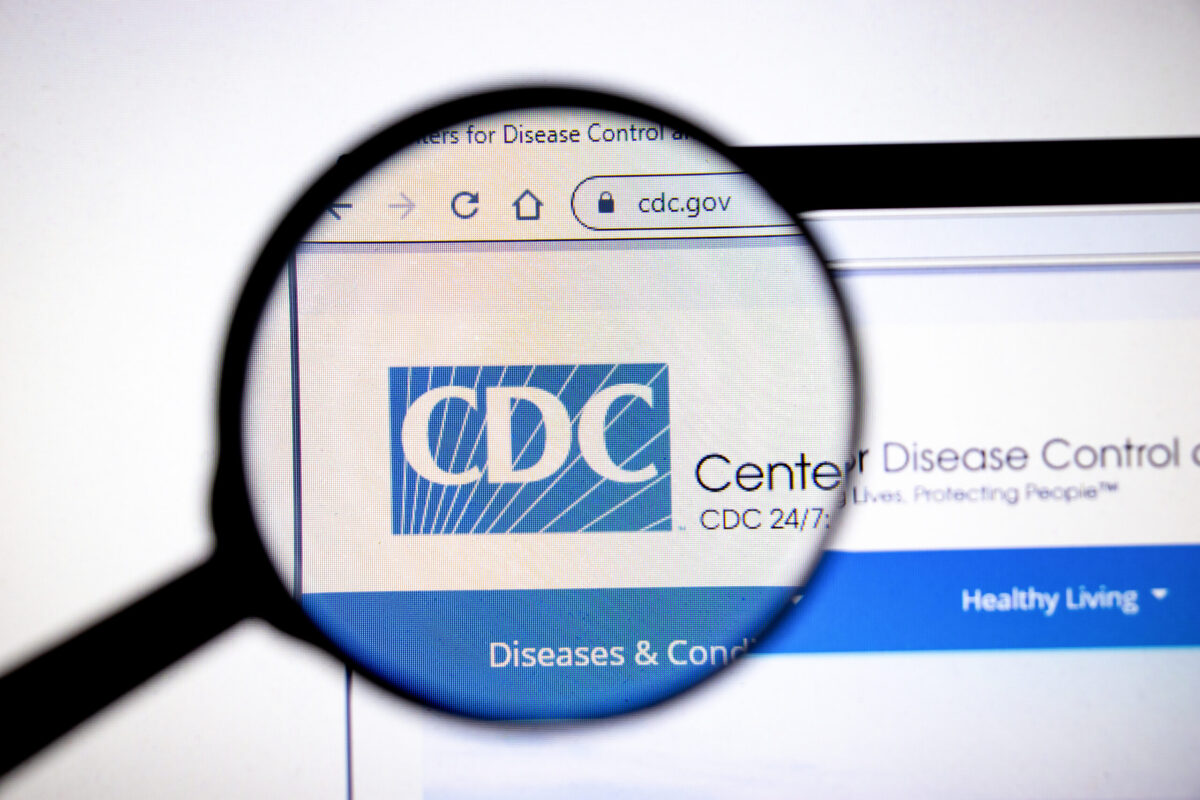The US Environmental Protection Agency (EPA) is proposing stricter restrictions on ethylene oxide emissions from commercial sterilization facilities.
Ethylene oxide is a chemical used in the sterilization of medical devices as well as spices. It is a colorless and odorless gas that is highly flammable under low temperatures.
It is also known to be carcinogenic, with long-term exposure being linked to an increased risk of cancers such as breast cancer, myeloma, lymphocytic leukemia and non-Hodgkin’s lymphoma.
In a news release, the EPA said if its new proposed rules go through, it is estimated they could reduce ethylene oxide emissions from sterilization facilities by 80 percent every year. This would bring levels below the EPA’s Clean Air Act standard for elevated cancer risk.
These measures are a “comprehensive approach” to increase the protection of communities that live near sterilization facilities as well as workers at the plants, said the agency.
The EPA said the rules would also involve more protective standards to control emissions under the law.
Last week, the EPA issued a set of proposed rules targeting emission levels at facilities that manufacture ethylene oxide. This week’s rules are therefore aimed at aligning controls on both producers and users of the chemical.
The EPA said the proposal advances President Biden’s commitment to ending cancer as part of the Cancer Moonshot program. It also supports the federal commitment to “securing environmental justice and protecting public health, including for communities that are most exposed to toxic chemicals.”
Related: How to Choose the Best Medical Device Sterilization Method
Ethylene oxide is currently the only alternative to sterilize medical devices that can’t be exposed to steam. According to STAT, it’s used to sterilize 20 billion medical devices in the US per year, such as pacemakers, catheters and ventilators.
“EPA’s number one priority is protecting people’s health and safety, and we are committed to taking decisive action that’s informed by the best available science,” said EPA Administrator Michael S. Regan. “These proposals build on EPA’s extensive outreach to communities across the nation and reflects close coordination among key federal partners. Together they would significantly reduce worker and community exposure to harmful levels of ethylene oxide.”
While environmental groups commended the proposed restrictions, they said they’re not enough to protect vulnerable communities, where residents are often low-income and disproportionately people of color.
“These regulations are long overdue, by almost a decade. I’m relieved and pleased that the EPA has finally issued proposed standards that are based on their own scientists’ recommendations on an updated, higher cancer risk value. If enacted, these updated regulations would reduce emissions in fenceline communities,” said Darya Minovi, a senior researcher scientist at the Union of Concerned Scientists, in a CNN report.
Minovi said the EPA should “throw the net wider” when it issues the final rule, saying that the standard “should cover a larger range of facilities to include off-site warehouses that often store recently sterilized equipment that continue to release ethylene oxide, but aren’t regulated for their air emissions.”
Minovi also said the EPA should require fenceline monitors, which are devices that conduct continuous readings of the air outside of facilities to make sure toxic gas isn’t being released into nearby communities.
Ethylene Oxide Emissions: New Health Risk Findings
The EPA says its proposal is driven by the latest science on the health risks of exposure to ethylene oxide emissions.
While the agency said it hasn’t found that routine exposure to ethylene oxide from commercial facilities causes short-term or acute health risks, there is increased risk with continuous or long-term exposure.
In proposing the new rules, the EPA said a new analysis from the agency found that workplace exposure to ethylene oxide increased the risk of cancer. Workers at sterilization facilities that were continuously exposed to the chemical over 35 years of regular work (eight hours a day, 240 days a year) had a risk between one in 36 and one in ten.
The risk is between one in 25 and one in 12 for workers who apply the gas in healthcare facilities.
“Failing to take action to address these risks is simply unacceptable,” EPA Administrator Janet McCabe said on a call with reporters.
The risks from occupational exposure can be reduced by measures that include the use of personal protective equipment, good ventilation and safety measures to prevent direct contact with ethylene oxide.
At the community level, a 2018 EPA report found that communities living near facilities that manufacture or use ethylene oxide face an elevated risk of cancer because of trace amounts of the gas that is released into the air from them.
According to CNN, while some communities found out about the risks through a health assessment conducted by the Agency for Toxic Substances and Disease Registry, a division of the US Centers for Disease Control and Prevention (CDC), other communities weren’t notified (by the EPA) of their risks.
The elevated risk was revealed after a 20-year long review of ethylene oxide toxicity by scientists in EPA’s Integrated Risk Information System (IRIS) program.
Last week, the EPA also proposed updates to the Hazardous Organic National Emissions Standards for Hazardous Air Pollutants, which are a set of six Clean Air Act rules; the pollutants include ethylene oxide. The rules include more stringent regulations that include fenceline monitoring for pollutants from chemical-emitting plants. They would also have to identify the source of the emission and do repair work if the amount of chemical at the facility’s fence is above a certain level.
For the first time, the EPA also conducted a community risk assessment as part of the proposal. The assessment found that the new rules would lead to 96 percent fewer people who have an elevated air toxics-related risk of cancer, living within 6 miles of a plant. According to STAT, this is especially important for people in Louisiana and Texas who live near multiple pollutant-emitting plants.
New EPA Rules: Details and Reactions
Under the new rules, if concentrations exceed the 10 parts per billion (ppb) limit, personnel at facilities using ethylene oxide will have to wear personal protective equipment.
The rules also reduce the amount of ethylene oxide that can be used for each sterilization cycle to no more than 500 milligrams per liter of air.
Additionally, the use of ethylene oxide will not be allowed in cases where there are other alternatives, such as for the sterilization of musical instruments, some cosmetics, beekeeping and objects in museums and archival settings.
The new rules are geared towards limiting emissions from the 86 commercial sterilizers in the US. Facilities will be required to comply with the new rules within 18 months, which is an expedited timeline under EPA authority.
Some medical device sterilization professionals are concerned that this time period is too short.
In a statement released after the EPA’s Tuesday announcement, medical device manufacturers’ lobbyist Scott Whitaker, CEO of AdvaMed (the Advanced Medical Technology Association) said many medical devices “simply cannot” be sterilized by another method, and that 18 months is “much too short” for device companies to fully comply with the new regulations.
“Medtech companies want to continue serving patients without interruption,” Whitaker said. “We hope the EPA will take our comments into account and work with us on final regulations that ensure continued infection control while achieving the EPA’s goals, which we share, of protecting community members and employees.”
Facilities will also be required to use advanced monitoring methods to ensure the pollution controls are working effectively, and must report their results to the EPA twice a year.
The EPA said some commercial sterilizers and healthcare facilities are taking steps and/or have already made the proposed changes. As a result, many “have seen emissions drop significantly,” McCabe said.
However, on a call with reporters, Jonathan Witt, an environmental engineer and technical lead on EPA’s review of the National Emissions Standards for Hazardous Air Pollutants, explained that while most facilities have taken measures to curb the amount of ethylene oxide blown out of sterilization chambers through exhaust vents, only 25 percent to 33 percent of sterilizers are controlling so-called fugitive emissions, which is ethylene oxide that escapes or leaks into room air.
“So we think it’s a good sizable chunk of the industry, but still a little ways to go,” Witt said.
The EPA will be accepting public comments on the proposed rules over the next 60 days, with plans to finalize them in 2024. The agency is also holding a public webinar on May 1 to discuss the rules and new risk assessment.












Join or login to leave a comment
JOIN LOGIN